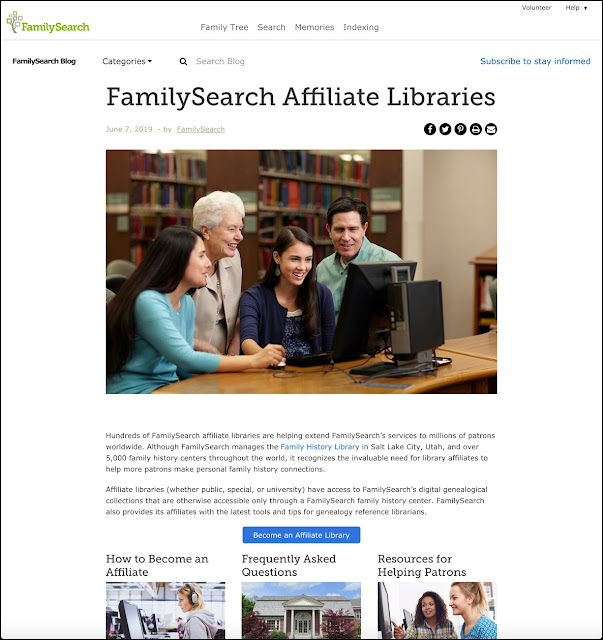One advantage of having a family tree on MyHeritage.com and subscribing to the full data package is that the website has a Consistency Checker that will check all of your entries. Members of The Church of Jesus Christ of Latter-day Saints have a FamilySearch complete membership through the FamilySearch Partner Program. In addition, members can now also synchronize up to eight generations of their part of the FamilySearch.org Family Tree. Here is a short summary of the Consistency Checker from a blog post when it was introduced.
The Consistency Checker employs 36 different checks on the family tree data, ranging from the obvious (e.g., a person was born before their parent, or when the parent was too young to be a parent) to the subtle and hard to find (e.g., a person was tagged in a photo and the photo is dated before the person’s birth; or two full siblings were born 5 months apart, which is impossible). Some of the issues it finds are factual mistakes (e.g. wrong birth date entered), some are bad practices (e.g. birth year entered as 22 instead of 1922, or prefix entered as part of the first name instead of in the prefix field), some are warnings about possible data entry errors (e.g. a woman’s married surname was apparently entered as her maiden surname, or a place was entered that looks suspiciously like a date) and some are inconsistencies you may want to fix, such as references to the same place name with two different spellings. Any issue you feel is fine and should intentionally not be addressed can easily be marked to be ignored and will not be reported again.Here are some of the issues identified in a recent check of my synchronized family tree on MyHeritage from my portion of the FamilySearch.org Family Tree.
- Child born after death of parent
- Parent too young when having a child
- Parent too old when having a child
- Fact occurring after death
- Fact occurring before birth
- Siblings with close age
- Married too young
- Multiple marriages of same couple
- Married name entered as maiden name
- Suffix in last name
- Multiple birth facts of same person
- Tagged in photo before birth
- Tagged in photo after death
- Incorrect use of uppercase/lowercase
- Disconnected from tree
- Siblings with same first name
- Double spaces in name
Some of these issues may seem inconsequential unless you understand that all of them help facilitate the accuracy of the automated record hints that assist in your research. All of them also assist in promoting consistency between the various family trees on the MyHeritage.com website. It is also important to note that some of these errors could cause you to be working on the wrong family line.
Here are some examples of the kinds of errors that are found by the Consistency Checker.
The Consistency Checker noted that this person was born when his father was 68 years old. Of course, this is possible, but when I checked the entry on the FamilySearch.org family tree, I did not find any sources to support this person at all. There are also no sources in my MyHeritage family tree. A little more review shows that this person has at least two different mothers. There are also male and female duplicates for this person in the Family Tree. I did find a church record listing him as the son of Sidney Tanner and his wife Rachel Neyman Fullmer. Cyrus Livingstone Tanner died in the same year he was born. Obviously, there is some work that needs to be done to clear up these entries and provide sources. This example illustrates the need to carefully work through all of your entries.
Here is another example.
The date for Sidney C. Tanner's death is correct. The dates for the source are also correct. But the implication that one or the other is wrong is also wrong. The date given by the source should be examined and changed to the date of his death. He did not continue to immigrate after he died. Some quick research shows that the Willard Richards Wagon Company left Winter Quarters on 3 July 1848. So if I correct the dates for the actual immigration rather than the general dates for the entire source, there is no problem and the inconsistency goes away.
In each case, the inconsistency would not likely have been found without the assistance of the MyHeritage.com Consistency Checker.



















